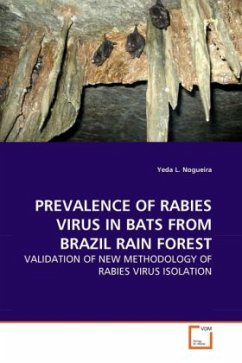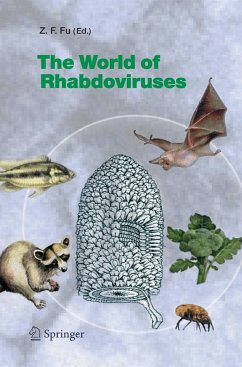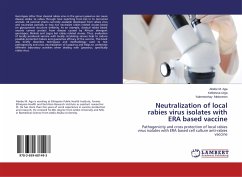The prevalence study of the rabies virus was carried out in a sample of bats captured in the Brazilian southeastern São Paulo. Bats are one of the main wild reservoirs of the rabies virus. Brazil holds 144 species of bats and little is know about the circulation of such virus in these species. Two metodologies were used for the estimates of the presence of the rabies virus in the captured in the State Park Intervales. The McCoy cell line method proved isolating more easily the virus of insectivorous bats besides presenting more capability of detection of infection in the latent phase (sub-clinic phase). On the other hand the N2A cell line was more efficient in detecting the rabies virus in D.rotundus hematophagous bats. However, the results suggest that insectivorous bats play in important role in the maintence of the virus in this reservoir. Although could also be observed that the circulation of the virus occurs intra and inter species, but studies specially designed to asses this issue must be re-evaluated.







